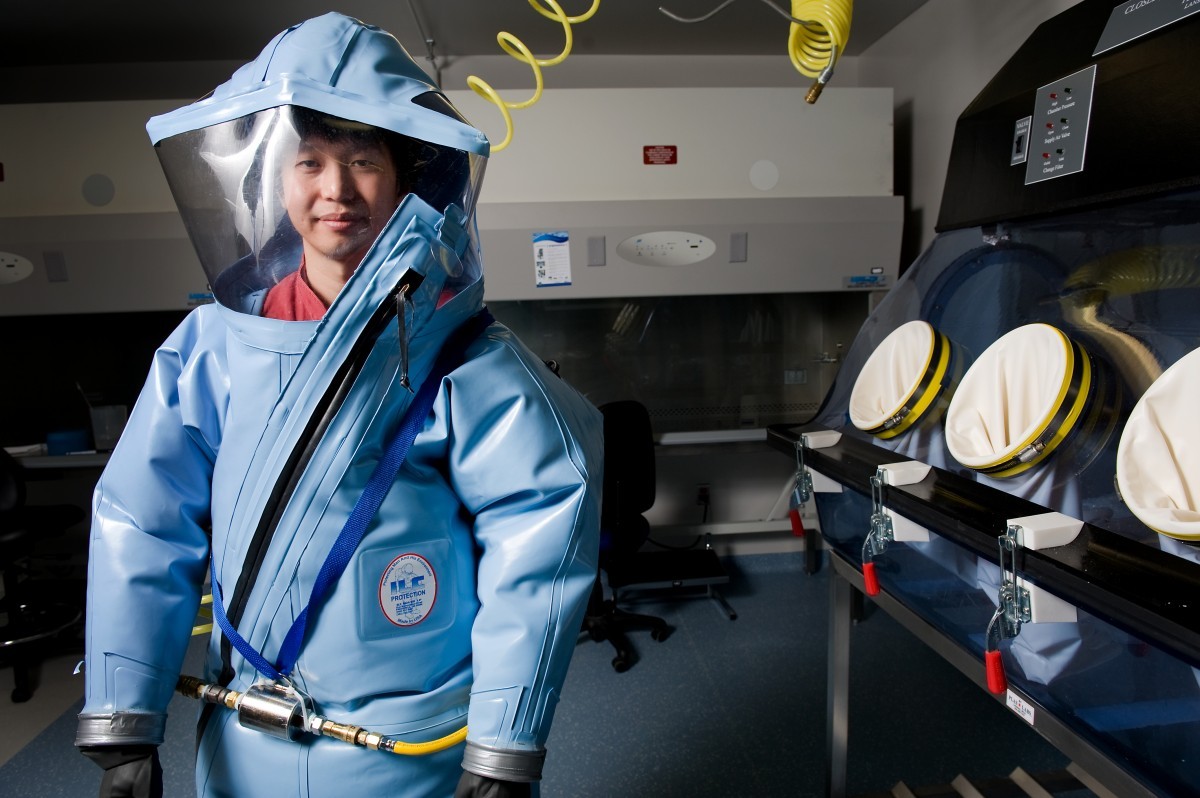
Gary Wong, recipient of the 2016 Distinguished Alumni Award for Outstanding Young Alumni, was part of a team that discovered a treatment for Ebola and saved lives during the outbreak in West Africa.
140 Years of Research Excellence
It began in 1891 when George Bryce published the University of Manitoba’s first scientific paper. It discussed the geology of the Red River and Assiniboine Valleys. A flood of discoveries followed.
An economically significant discovery came in 1974 when professor and alumnus Baldur Stefansson released Tower, a new rapeseed variety.
In 1978 it took the name we now use: canola. Stefansson was honoured with the inaugural bust at the U of M’s Innovation Plaza in 2013. Also honoured at the plaza: literary giant Carol Shields, a faculty member for nearly two decades and recipient of the Governor General’s Literary Award in 1993; and Henry Bruce Chown, renowned for his research on Rh hemolytic disease of the newborn and the development of the Rh immune globulin, which has saved countless lives around the globe.
“Manitobans are inherently modest, but there is a quiet pride in the major discoveries and contributions that start here,” said James Blanchard, director of the U of M’s Centre for Global Public Health.
“We are not ones to turn our backs on a call for a solution to a problem around the corner, or on the other side of the globe.”
Since 1979, the University of Manitoba’s trailblazing work in Kenya has generated much of what we now know about the HIV epidemic. A monumental discovery came around 1990 when a U of M team found HIV-exposed female sex workers who were resistant to HIV. It jolted the global research community. It would not be the last time we did this.
In 2005, U of M researchers developed vaccines for the deadly Ebola and Marburg viruses. Then, when Ebola ravaged West Africa in 2014, U of M researchers Gary Wong and Gary Kobinger once again made headlines, announcing ZMapp, an even more effective cocktail of Ebola antibodies.
In 2013, a team led by Geoff Hicks, director of the regenerative medicine program at the U of M, discovered how and why a mutated gene causes amyotrophic lateral sclerosis (ALS).
This research opens new avenues to explore for treatments.






